
Solve Problems Virtually in Neo4j
Oct 20, 2022 3 mins read
Learn how to find solutions for real-world scenarios in Neo4j, by virtually projecting nodes and relationships. Read more →

Learn how to find solutions for real-world scenarios in Neo4j, by virtually projecting nodes and relationships. Read more →

As graph databases and graph data is getting more traction in the world the need for specialized graph powered visualization tools to provide feedback to end users is needed.A variety of tools are already available to visualize force-directed graphs but as… Read more →

If you use ours or anyone’s native graph database system, and you wind up with a data model that is not connected, not networked, and does not account for all the possible relationships between all the elements of data in your entire data warehouse, you’re doing it wrong. Read more →

Learn how to use Neo4j Graph Data Science and pathfinding algorithms to understand and optimize your supply chain performance. Read more →

Data Importer’s latest release 0.5.0 brings exciting improvements that make graph modeling and mapping smoother through a visual preview. Read more →

Over the weekend I was watching the first few (very short) episodes of the new Groot series with my daughter and thought we could revisit the Marvel Data API in our livestream. Read more →

Health care analytics is an analysis activity that can be undertaken as a result of data collected from four areas within healthcare:Claims and Cost DataPharmaceutical and Research and Development (R&D) DataClinical Data (collected from electronic medical records (EHRs))Patient Behavior and Sentiment Data (patient… Read more →

The GraphQL team at Neo4j recently released beta support for GraphQL Subscriptions in the @neo4j/graphql library. Subscriptions allow clients to listen to changes in their Neo4j database for their real-time applications. Read more →

Try using graph databases for cybersecurity with this example dataset in the Neo4j Sandbox online for free. Read more →
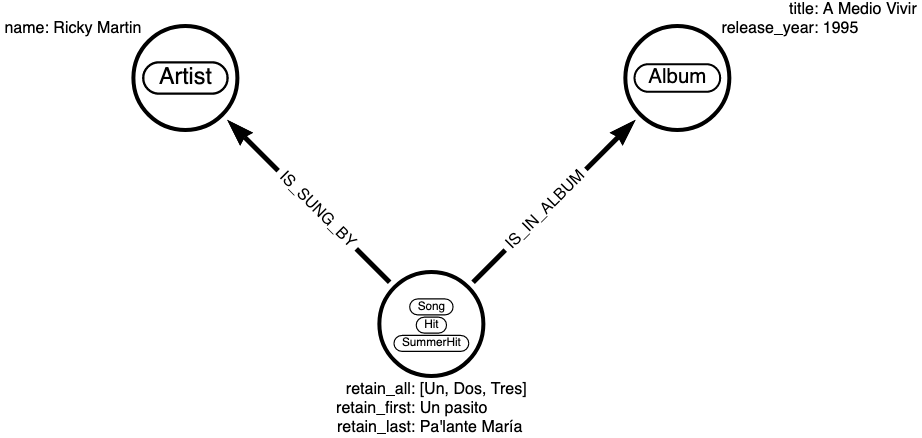
As a famous hero once said: With data model flexibility comes great responsibility.The schema optionality of Neo4j is convenient for rapid prototyping but can turn into quite the nightmare if the data complexity is not tamed as the dataset grows… Read more →

Earlier this year, we introduced a new tool, Data Importer, to help users easily import their flat file data into Neo4j’s graph database without writing a single line of code. It works by simply providing your flat file data (CSV or TSV) to the Data Importer web interface, modeling the nodes and relationships visually, and mapping the files to your model. Read more →
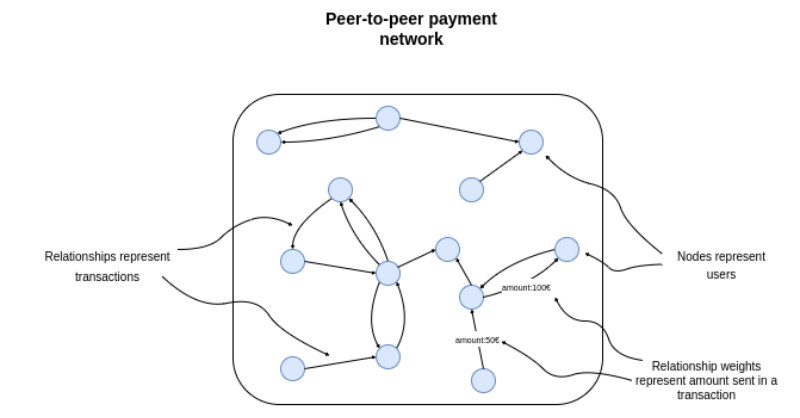
Knowing your users is vital to any business. When your users can interact with each other on a social media platform, content sharing platform, or even work-related platforms, you can construct a network between your users based on their interactions and extract graph-based features to segment your users. Of course, these same approaches can be applied to other platforms that are not user-centric. Read more →

Introducing Neo4j Data Warehouse Connector, making it easier than ever to move data between your data warehouse and graph database! Read more →
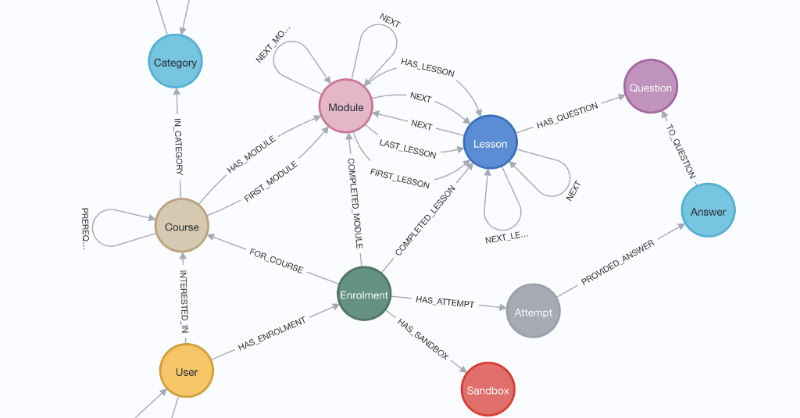
It was always my intention to build the new site in the open on the Neo4j Twitch Channel, but in the end, time got the better of me and I ended up quietly developing the backend in stealth mode. So, in lieu of a Twitch stream, I wanted to take the time to write a follow-up post with some of the more technical aspects of the GraphAcademy rebuild. Read more →

In the last week of June 2022, Neo4j Ops Manager (NOM) was released. My colleague Chris Shelmerdine published a great post with many insights into functionality but also into technical details about how NOM is built: Introducing Neo4j Ops Manager: The Tool You Need to Boost Your Ops Team’s Productivity. Read more →
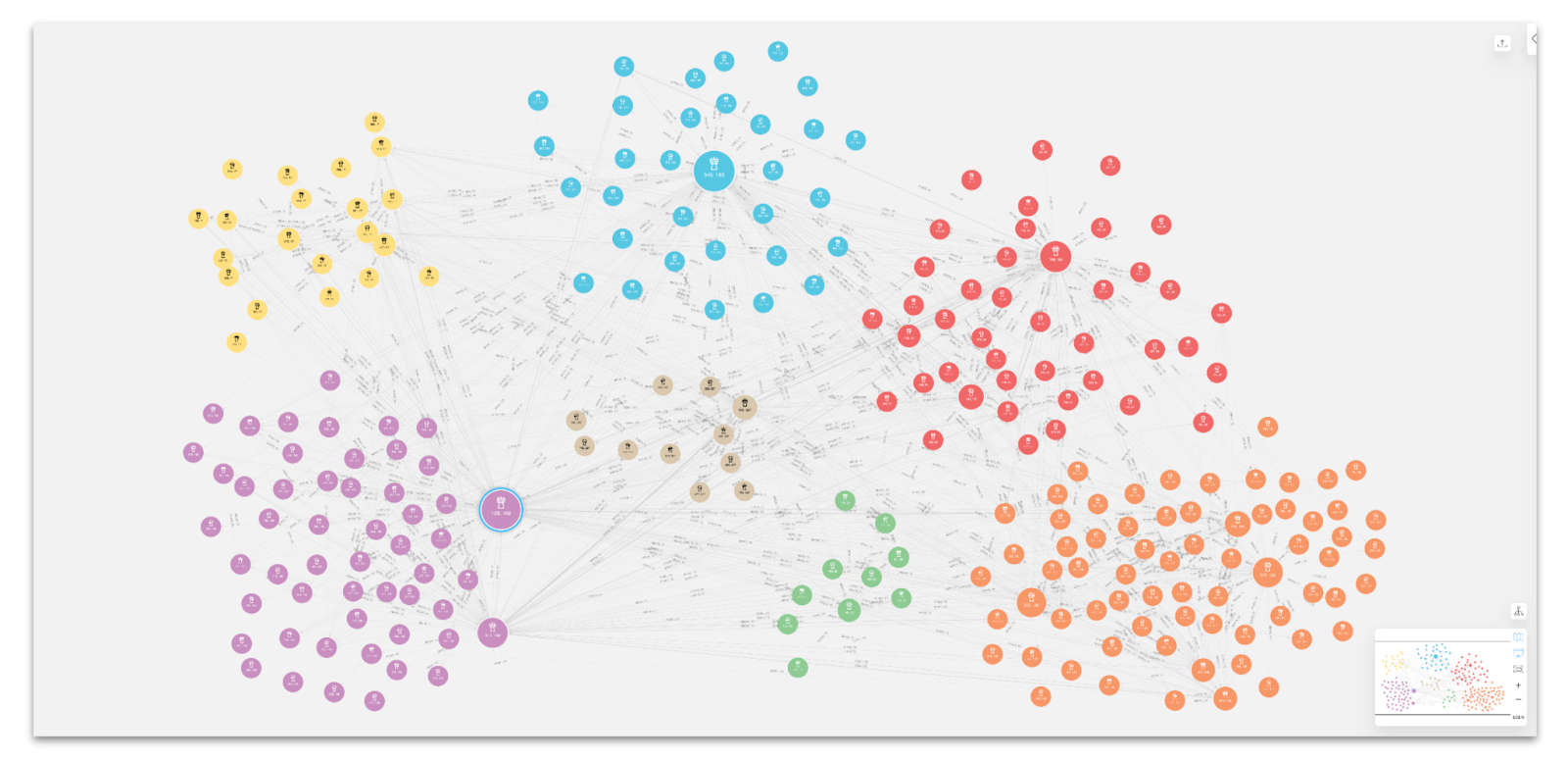
Learn how to use Neo4j Graph Data Science and Python to capture key centrality and community metrics for supply chain analytics. Read more →
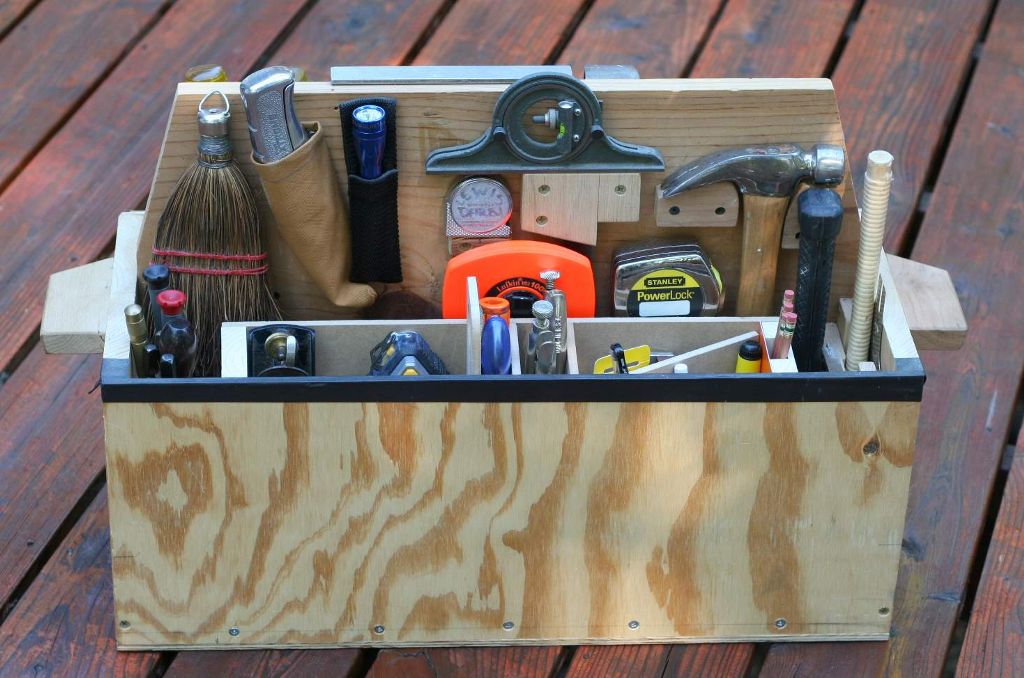
The Neo4j GraphQL Toolbox is a UI that allows you to easily write and execute GraphQL queries and mutations against your Neo4j database. Read more →

A wave of graph-based approaches to data science and machine learning is rising. We live in an era where the exponential growth of graph technology is predicted [1]. The ability to analyze data points through the context of their relationships… Read more →

For graph generation, we will use the singles dataset curated by Jeff Sackmann in the tennis_wta and tennis_atp repositories. Jeff’s repositories include CSV files containing all the matches on the Women’s WTA tournaments between 1920 and 2022 and the Men’s ATP tournaments from 1968 to 2022. Strictly speaking, he always keeps the repositories up-to-date. Great thanks to Jeff Sackmann for curating the datasets. Read more →

Submit Cypher queries that are shorter in length and lower on database hits while still returning the correct query results to win $27k worth of prizes. Do you love coding effectively and optimizing codes for performance? Look no further and… Read more →

With the growth of the graph category, the transition to cloud and the rise of graph data science, we are seeing more and more people and projects using the Neo4j database, developer tools, and GDS products. Historically, we have focused… Read more →
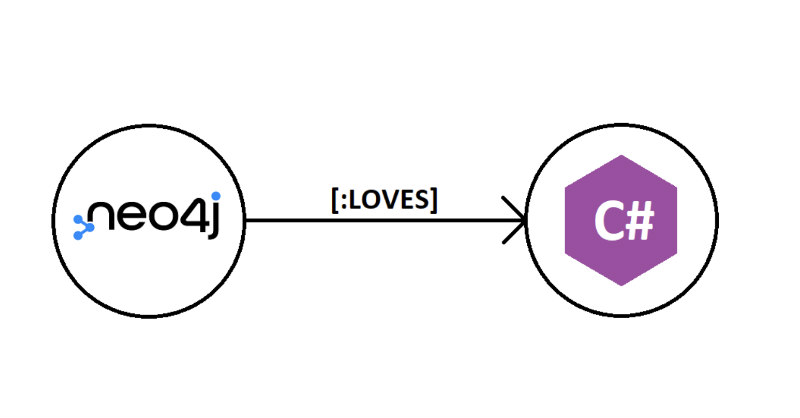
Why Graph Databases?Neo4j is the industry leader and pioneer of graph database technology and is currently the top-rated graph database management system in the world.In my experience so far with designing solutions and applications around Neo4j, I came across many materials… Read more →
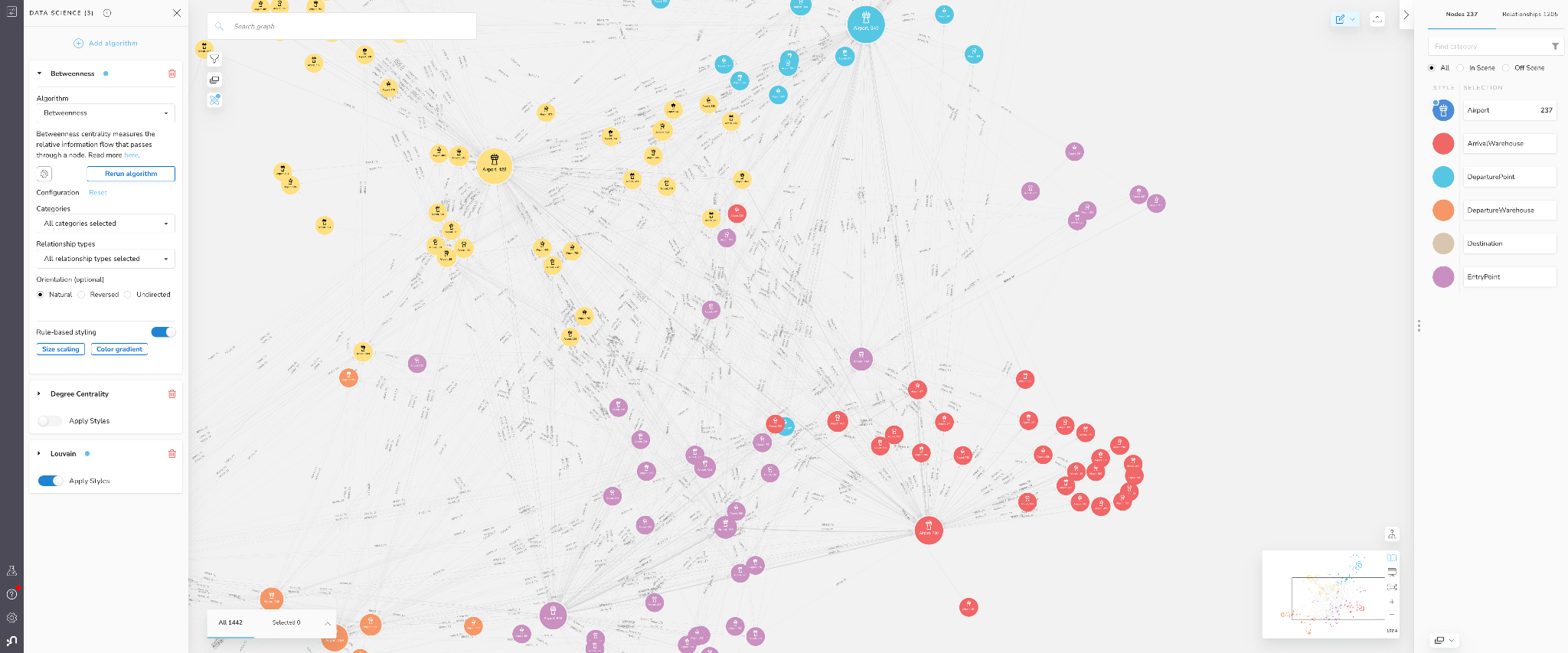
How to extract actionable insights in supply chains in minutes using Neo4j GDS and Bloom to visualize operational load and regional patterns. Read more →
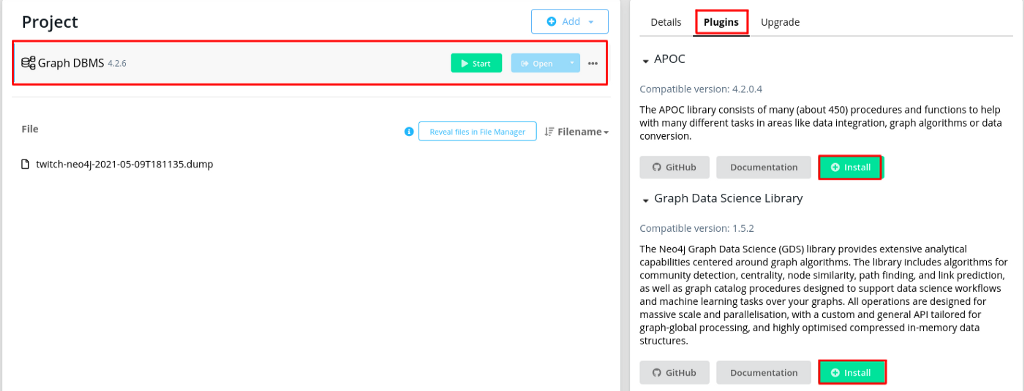
Learn the basic syntax of the newly released Python client for Neo4j Graph Data Science and how to get started. Read more →

This week, we’re exploring book recommendation data as a graph. And what better source for that than Goodreads?If you’d rather watch the recording of our livestream, enjoy it here and below. Otherwise, keep on reading.The DatasetI found a well-sized dataset… Read more →